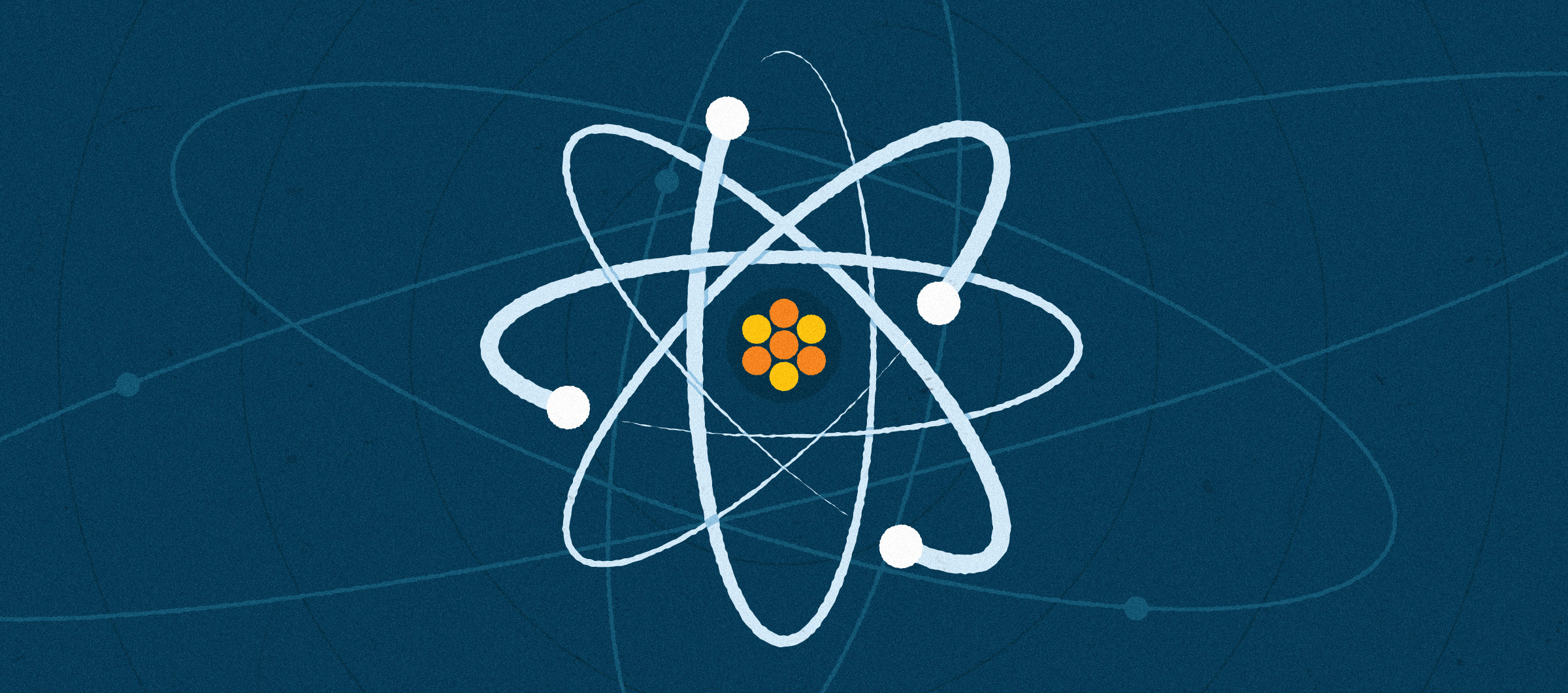When Oppenheimer wins the Academy Award for Best Motion Picture next month – you heard it here first – it will capstone a year in which the extraordinary endeavor to create the atomic bomb has been refreshed in American leadership lexicon.
Yes, the Manhattan Project is back.
It’s not about the project that produced the first atomic bomb. That genie has long escaped the bottle and the historical and ethical questions, well explored in the blockbuster, linger still.
Instead, it’s the concept of a colossal undertaking that galvanizes disparate and substantial resources, rallies exceptional talent and aims all at creating a singular solution to an urgent, complex problem.
Becker’s recently called artificial intelligence “Healthcare’s Oppenheimer moment” in reference to the enormous potential – for good or ill – of the new technology. The Foundation for American Innovation called for a “Manhattan Project” for AI safety.
Not only has Manhattan Project returned to common parlance, so has its impressive cousin, the moonshot. (A hat tip to Intuitive Machines’ achievement last week of landing the first U.S. built machine on the moon in 50 years.)
Both phrases capture the deeply encouraging idea that even the most complex, seemingly impossible challenges can be overcome, and that truly extraordinary things can, in fact, be accomplished. It’s an expression of confident hope, against all odds and common “wisdom.”
But Manhattan Projects and moonshots require more than big money and big teams against big goals.
These risk-taking projects demand relentless commitment to a particular style of leadership that welcomes and orchestrates a “team of rivals” bound by common cause to serve together.
It’s a nuance you might miss from the three-hour biopic, but it’s an approach that healthcare’s biggest challenge requires.
Are we ready? Are we willing?
You know the headlines of J. Robert Oppenheimer’s story. The bomb was designed at the Los Alamos Laboratory, which he led, that was ground zero for the secret, city-creating World War II arms development project led by Brigadier General (later Lieutenant General) Leslie Groves.
Together, these two complementary leaders organized, rallied, directed and encouraged not only a gob-smacking amount of money and logistics against a desperate timeline, but also aligned a host of notoriously strong-willed, sometimes irritable and consistently brilliant personalities to a shared goal.
Healthcare needs that energy now.
Look, there are many lessons to be drawn from The Manhattan Project. Leadership. Science. Logistics. Ethics. Morality. Some continue to be rightly debated. We won’t do history a disservice by trying to capture them in a 900-word blog.
But, for one healthcare take, zoom on the stilted black and white photos of the scientists and engineers gathered at Los Alamos at the height of a world war, to say nothing of the others around the country working with and in support of the New Mexico team.
Chemists, physicists, metallurgists, metrologists, machinists, pilots. Leo Szilard, Hans Bethe, Richard Feynman, Leona Woods Marshall Libby, Isidor Isaac Rabi, Lilli Hornig and on and on. Distant giants. Click on any of the names to get a sense of the choir that was created by these talented individuals working, however briefly, in unison.
Then, imagine the power of your own leadership team – your administrator, your clinicians, your board members working in such alignment with such passion.
Since you’re dreaming, pull back the lens and imagine healthcare leaders across a competitive market – and across states – rowing ferociously together against the strong currents of broken payment models and tradition-bound regulations to make healthcare better.
This powerful leadership history lesson is not limited to the Manhattan Project, of course. Consider Doris Kearns Goodwin’s analysis of Lincoln’s Civil War cabinet in “A Team of Rivals: The Political Genius of Abraham Lincoln.”
“Lincoln surrounded himself with people, including his rivals, who had strong egos and high ambitions; who felt free to question his authority; and who were unafraid to argue with him,” writes Goodwin.
“The idea is not just to put rivals in power—the point is that you must choose the best and most able people in the country, for the good of the country. He [Lincoln] had the intelligence, and the self-confidence, to know that he needed the best people by his side, people who were leaders in their own right and who were very aware of their own strengths. That’s an important insight whether you’re the leader of a country or the CEO of a company.”
This leadership approach is not without its dangers, Goodwin notes.
- The group can become paralyzed by talking – and arguing – without reaching a consensus.
- Leaders must be prepared to drive consensus and, should a stalemate occur, to make the decision to move forward.
- Everyone is heard and everyone submits because of the common cause that compels them.
A leader-of-strong-leaders model demands humility, attention, consistency and clear direction. It requires the binding gravity of the clear, urgent goal. And courage. Like all forms of effective leadership, it dances with risk.
But there’s really no risk-free leadership model, particularly in our dynamic and challenged industry.
The risk of inaction for healthcare – and any industry or great cause – is to be overwhelmed or subsumed by competitors or wholesale disruptors.
This is a healthcare leadership moment. What does it require?
Manhattan Project? Moonshot? How about an iPhone moment? Take it from the words of another historic disruptor who changed the world.
“It doesn’t make sense to hire smart people and then tell them what to do,” said Steve Jobs, the heart of Apple. “We hire smart people so they can tell us what to do. Great things in business are never done by one person. They are done by a team of people.”
Contributors: Emme Nelson Baxter, David Shifrin
Image credit: Shannon Threadgill




